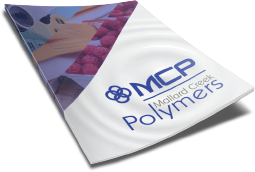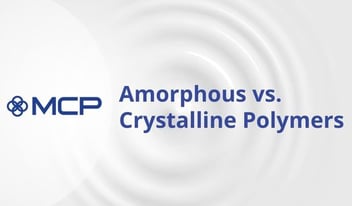
Styrene-acrylic emulsion polymers are based on a group of chemicals that are true workhorses in the field of polymer chemistry. Known as acrylates, this group includes acrylic acid and its esters — methyl acrylate, butyl acrylate, ethyl acrylate,..
Styrene-acrylic emulsion polymers are based on a group of chemicals that are true workhorses in the field of polymer chemistry. Known as acrylates, this group includes acrylic acid and its esters — methyl acrylate, butyl acrylate, ethyl acrylate, and 2-ethylhexyl acrylate. All of these acrylic monomers are highly reactive chemicals, which means they readily combine with themselves or other monomers to form commercially important polymers.One of the most important polymer reactions, occurring via emulsion polymerization, involves acrylic-based monomers combining with styrene to form a styrene-acrylic emulsion polymer. The versatility of this class of polymers owes much to the wide-ranging family of acrylic monomers, which, when combined with styrene, can build random copolymers with specific glass transition temperatures (Tg). Styrene-acrylic polymer emulsions are ubiquitous in every market where water-based systems are used because of the array of specific properties that can be achieved.
In addition to versatility, cost is another significant advantage. The price of styrene is lower than chemicals found in the acrylate family. That makes styrene-acrylic polymers cost-effective alternatives to pure acrylics.
CAN'T FIND WHAT YOU'RE LOOKING FOR?
Desirable Properties of Styrene Acrylic Polymers
Styrene-acrylic polymers offer excellent hydrophobic characteristics, which means they have superior water resistance and moisture vapor transmission rate (MVTR) when compared to all-acrylic polymers. Also, styrene itself is a hydrophobic monomer, making it possible to produce styrene-acrylic polymers with low particle sizes. This results in polymers that are ideal for certain applications, such as primers for the construction industry or binders for paper coatings.
Another important property of styrene-acrylic polymers is their high glass transition temperature. As a result, they tend to be durable and exhibit good abrasion resistance and good mechanical properties. Other properties of styrene-acrylic emulsion polymers include:
- Good weatherability and good stain resistance
- Broad tensile/elongation balance
- Ability to crosslink
- High pigment-binding capacity
- Ideal gloss, film strength, and resistance to removal by detergents
- Good adhesion to common substrates, including galvanized steel, aluminum and wood
One drawback of styrene-acrylic polymers is the tendency to yellowing from direct sunlight exposure. In fact, as styrene content increases, yellowing increases, though other factors can also have an effect. For example, free radical initiators from polymerization of styrene-acrylic copolymers may influence the degree of yellowing in the final product.
Despite these drawbacks, styrene acrylic polymers are still widely used in construction products, such as ceramic tile adhesives, fillers, putties and elastomeric roof coatings. They are also used in glass-fiber secondary binder applications, such as wall coverings, and architectural decorative coatings.
Resin Supported Emulsions
Resin supported emulsions (RSE) are a subset of styrene-acrylic emulsion polymers. These emulsions are built on an alkali soluble resin, resulting in an emulsion with low minimum film formation temperature (MFFT) relative to the polymer’s glass transition temperature. RSE products have flexibility and a range of applications similar to traditional styrene-acrylic emulsion polymers. They are often chosen because they have high gloss, high mechanical stability and high pigment and filler binding/loading. Plus, the rheology of RSEs is more Newtonian, which means their viscosity is less dependent on shear rate.
MCP: Your Partner for Styrene Acrylic Emulsions
Mallard Creek Polymers can work with you to find an existing styrene-acrylic emulsion polymer that fits your end use — or develop a new one. Check out our Guide to Tailoring an Emulsion Polymer Recipe or contact us today to discuss what we can make for you.

 Construction
Construction
 Nonwovens
Nonwovens
 Adhesives
Adhesives
 Textiles
Textiles
 Printing & Packaging
Printing & Packaging
 Paper
Paper
 Paints & Coatings
Paints & Coatings





